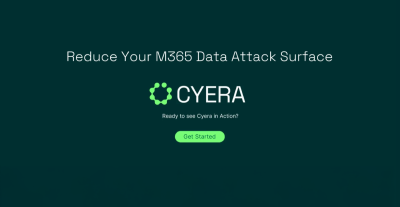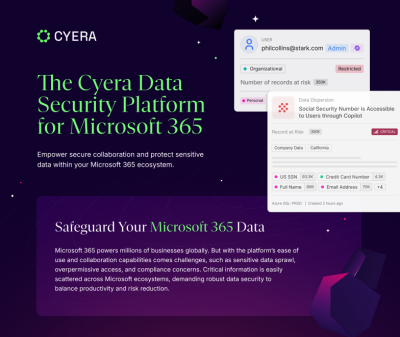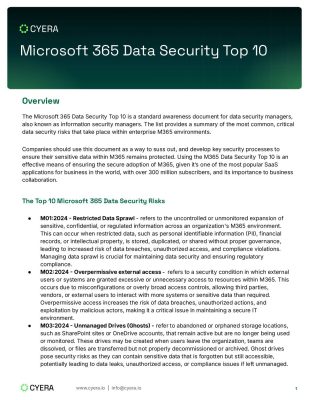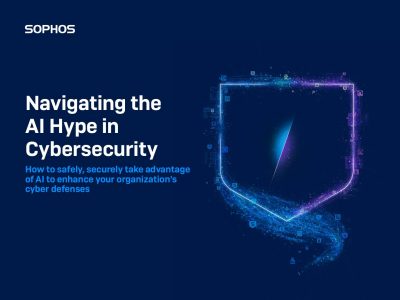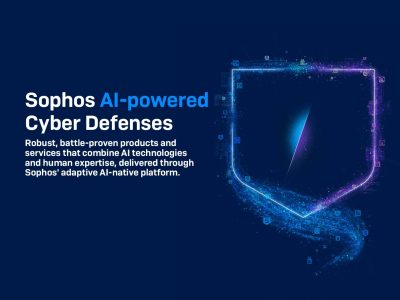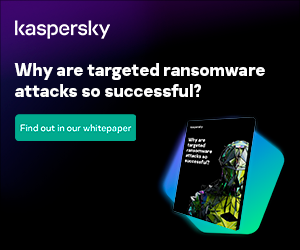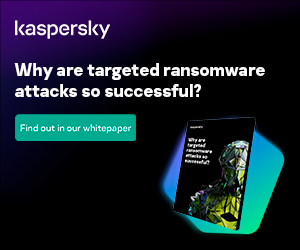Highlights:
- Continuous data protection employs journal-based technology to record all changes occurring within a specified timeframe, enabling recovery from any point in time with increments of seconds for the entire duration of the journal.
- The cost of implementing Continuous Data Protection (CDP) can vary significantly based on the scale and complexity of your IT environment.
Smart businesses recognize the importance of data backup but face various options regarding methods and frequency. The primary objective of any backup strategy is to ensure quick data restoration and rapid resumption of operations following disruptions like software failures or data corruption.
Today’s business users depend heavily on data, making any downtime or data loss potentially devastating. As a service provider, it’s essential to restore clients’ critical data as swiftly as possible to minimize disruptions.
Continuous backup, or continuous data protection (CDP) automatically triggers a backup every time a user modifies data, recording each version saved. Its true strength lies in the ability to restore client data to any point in time without losing sensitive business data assets.
How Continuous Data Protection Works?
CDP captures a point-in-time snapshot of every modification user makes to a set of files. Genuine CDP systems log every change and store it in a system changelog, preserving all alterations until the last write before a failure occurs. This enables restoration to any point prior to data being compromised, lost, or corrupted. Here’s how it functions:
- CDP software continuously tracks new sources of data at a detailed, granular level.
- When the system detects any deletion, addition, or alteration in the monitored data, it instantly captures and logs the details of the change.
- After the change is logged, the system replicates the updated data to a secondary storage location, generating a real-time copy that captures the latest modifications.
- As additional changes happen, the system preserves a chronological record, generating multiple data versions that correspond to specific points in time.
- In the event of data compromise or system failure, the CDP system enables recovery by restoring data from any selected point in time.
Understanding the thorough functioning is essential to explore the various types of CDP solutions available, each tailored to meet specific data protection trends and organizational requirements.
Types of Continuous Data Protection Solutions
The CDP types are crucial for businesses looking to enhance their data resilience and recovery strategies.
-
True CDP
CDP continuously backs up data with every change, ensuring that no modifications are missed. This approach allows an organization to maintain a Recovery Point Objective (RPO) of zero, meaning there is no data loss between the time of the last backup and a system failure. It provides a near-instantaneous recovery capability, ensuring that the most recent data version is always available for restoration.
-
Near CDP
A regular backup system that performs scheduled backups at very frequent intervals, closely mimicking the effect of continuous data protection techniques. The RPO will be greater than zero, equal to the time gap between these scheduled backups.
In an era where data is the backbone of business decision making, businesses are increasingly adopting CDP to safeguard their critical information and ensure uninterrupted operations.
Why Businesses Choose Continuous Data Protection Policy?
Continuous data protection employs journal-based technology to record all changes occurring within a specified timeframe, enabling recovery from any point in time with increments of seconds for the entire duration of the journal.
In contrast to legacy systems that periodically gather data throughout the day and attempt to perform backups within specific time frames, CDP continuously backs up your data. For instance, snapshot-based recovery can expose your business to cyber threats and data loss due to the infrequent restore points captured. In contrast, CDP significantly reduces this risk by providing thousands of restore points throughout the journal history.
Continuous data protection backup solutions provide the assurance of minimal operational disruption during an outage, whether caused by natural events or human actions, making it an excellent solution for disaster recovery and ransomware recovery scenarios that demand the least amount of downtime and data loss.
Effectively implementing CDP is pivotal for organizations aiming to fortify their data management strategies and ensure instantaneous recovery capabilities.
Best Implementation Practices for CDP
Incorporating CDP framework requires a strategic approach that integrates best practices to ensure modern data security.
-
Data type
The key consideration is the type of data you are backing up: Is it frequently changing, or does it change irregularly? This will dictate whether continuous data protection or legacy backup is more appropriate. From this assessment, you can then decide on the storage hardware that can accommodate the necessary I/O requirements.
-
Time for incremental
Determine how frequently you can perform incremental backups without overloading your hardware. To maintain continuous data protection, consider any scheduling anomalies, such as performing restorations on idle days and testing backups.
For example, if you aim to back up every hour but it takes 90 minutes to back up the incremental changes, you’re not achieving hourly protection. You have two options: either extend the backup interval to 90 minutes or upgrade your hardware to handle all the data within an hour.
Assessing the affordability of CDP backup solutions involves understanding the initial investment, long-term benefits, and cost savings associated with enhanced data security.
Is CDP Expensive to Implement?
The cost of implementing continuous data protection technology can vary significantly based on the scale and complexity of your IT environment. Although the initial investment may be higher than that of traditional backup solutions, the advantages it offers, such as improved data protection and minimized downtime, frequently justify the expense.
Organizations should consider not only the upfront costs but also the long-term savings associated with reduced data loss, faster recovery times, and increased operational efficiency. Ultimately, the investment in CDP can lead to greater resilience and continuity in business operations, making it a worthwhile consideration for many organizations.
Concluding Lines
In conclusion, open-source continuous data protection offers a modern solution for safeguarding data by continuously capturing changes and providing numerous restore points. This approach minimizes the risk of data loss and ensures rapid recovery, making it essential in today’s digital landscape. Although the upfront cost may be higher compared to traditional backup solutions, the improved protection and minimized risk and downtime make CDP a worthwhile option for organizations aiming to enhance their data security.
Explore a curated selection of security-related whitepapers designed to enhance your understanding with detailed analysis and comprehensive insights.

